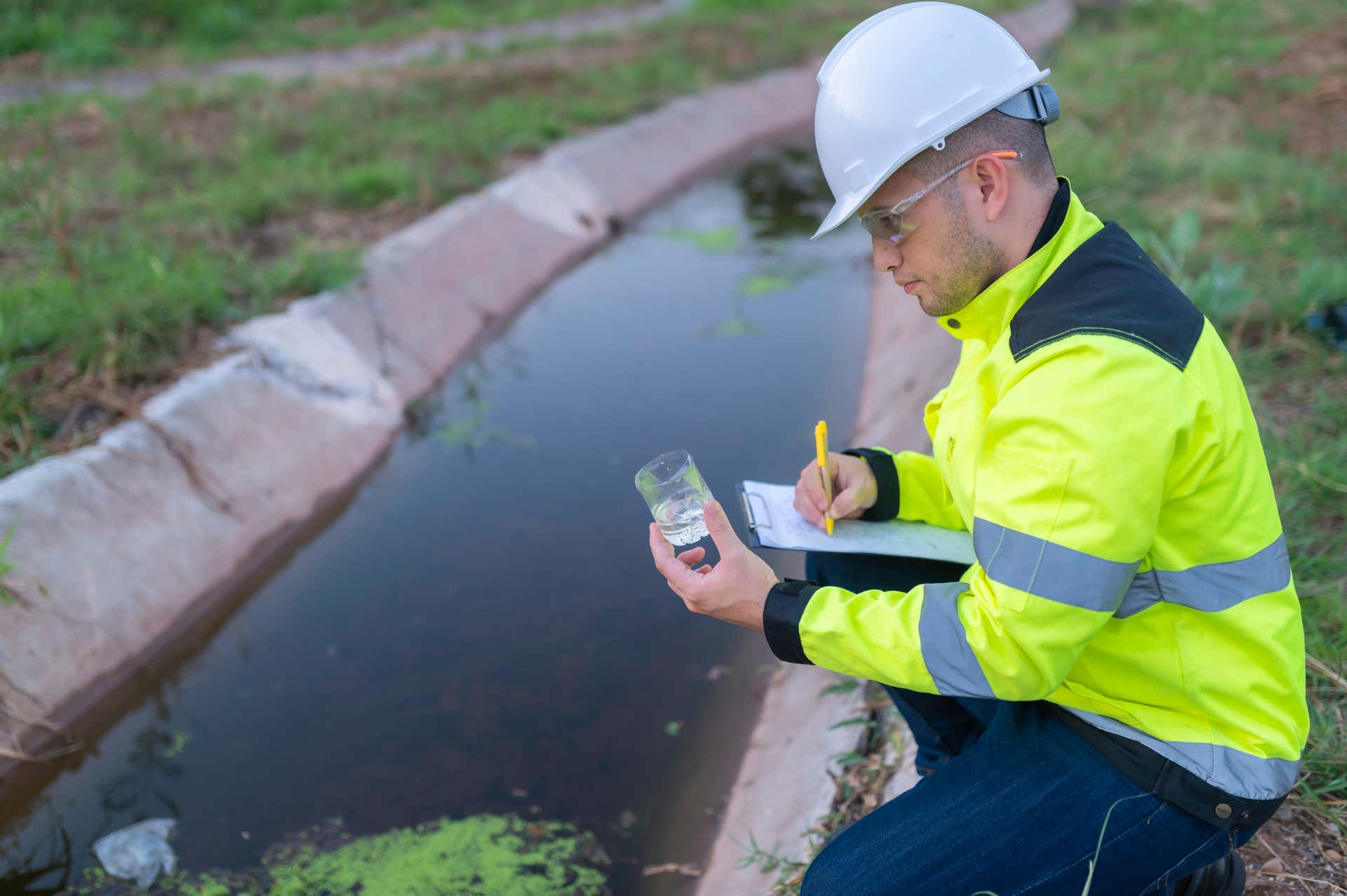
Water Treatment
Measuring zeta potential to aid water clarification

Measuring zeta potential to aid water clarification

For the water industry product quality is non-negotiable and demonstrating consistent compliance is essential. However, many facilities lack the capability to respond quickly and efficiently to fluctuations in raw water quality. Maintaining stable operation at all times, even in the event of significant process change. Reducing chemical dosage levels and sludge production reduces water treatment costs.
Malvern Panalytical offers fit-for-purpose, robust, fully automated systems for monitoring charge neutralization processes. These measure zeta potential, a parameter that directly quantifies the tendency of suspended particles to coagulate and sediment. This technology enables predictive control of the water clarification processes that precede all other water treatment steps. In this way, zeta potential measurements set a firm foundation for quality control while at the same time supporting the optimization of chemical flocculant addition.


Classic side scatter particle size and zeta potential analyzer with enhance...
Effective water treatment is crucial for ensuring clean, safe water. The process involves several key steps, each essential for removing impurities and ensuring water quality. Here’s a brief overview of the water treatment process and how Malvern Panalytical’s Zetasizer Lab technology can support in each stage:
Coagulation is the first step in water treatment, where chemicals (coagulants) are added to destabilize and aggregate suspended particles into larger clusters, known as flocs. These larger particles are easier to remove in subsequent steps.
How the Zetasizer Lab can help?
The Zetasizer Lab provides precise measurements of particle size and zeta potential. By analyzing these parameters, operators can optimize the dosage and type of coagulants, ensuring more effective coagulation and reducing chemical consumption.
Following coagulation, flocculation involves gently stirring the water to encourage the formation of flocs into larger, more manageable clusters. This step increases the efficiency of sedimentation.
How the Zetasizer Lab can help?
With real-time particle size analysis from the Zetasizer Lab, operators can monitor the growth and formation of flocs. This data allows for fine-tuning of the flocculation process, enhancing floc formation and improving the overall efficiency of the treatment.
Sedimentation allows the flocs to settle at the bottom of the treatment tanks, separating them from the clearer water above. This step is crucial for removing the bulk of the suspended solids.
How the Zetasizer Lab can help?
The Zetasizer Lab can track changes in particle size and distribution throughout sedimentation. This information helps optimize the settling process by adjusting conditions to maximize floc removal and minimize the need for further processing.
After sedimentation, the water undergoes filtration to remove any remaining particles and impurities. Filtration systems use various media, such as sand or activated carbon, to trap contaminants.
How the Zetasizer Lab can help?
The Zetasizer Lab’s ability to measure particle size and distribution can ensure that the filtration media is effectively capturing particles of specific sizes. By analyzing the efficiency of filtration, adjustments can be made to improve the overall effectiveness and longevity of the filtration media.
The final step in water treatment is disinfection, which involves killing or inactivating pathogens to ensure the water is safe for consumption. This is typically achieved through chemical disinfectants like chlorine or ultraviolet (UV) light.
How the Zetasizer Lab can help?
The Zetasizer can monitor any residual particles or potential contaminants that might affect disinfection efficacy. By ensuring the water is free from interfering substances, operators can enhance the effectiveness of disinfection processes and ensure regulatory compliance.
Water treatment is a complex process with numerous challenges that can impact efficiency and effectiveness. Malvern Panalytical’s Zetasizer Lab technology can play a crucial role in overcoming these challenges, ensuring a more reliable and efficient treatment process.
Common challenges include:
By addressing these challenges with Zetasizer measurement technology, water treatment facilities can enhance their process efficiency, reduce operational costs, and ensure high-quality water output. Malvern Panalytical’s advanced analytics provide the precision and insights needed to overcome common obstacles and achieve superior treatment performance.
Zeta potential measurement technology can be used in the laboratory for the off-line study and optimization of flocculation/coagulation processes. Advantages relative to traditional techniques include:
Furthermore, zeta potential measurement can be implemented online, offering the opportunity for regular monitoring with no manual input, and for automated control. The demonstrated benefits of continuous measurement with an online system are:
